Call or Text us at

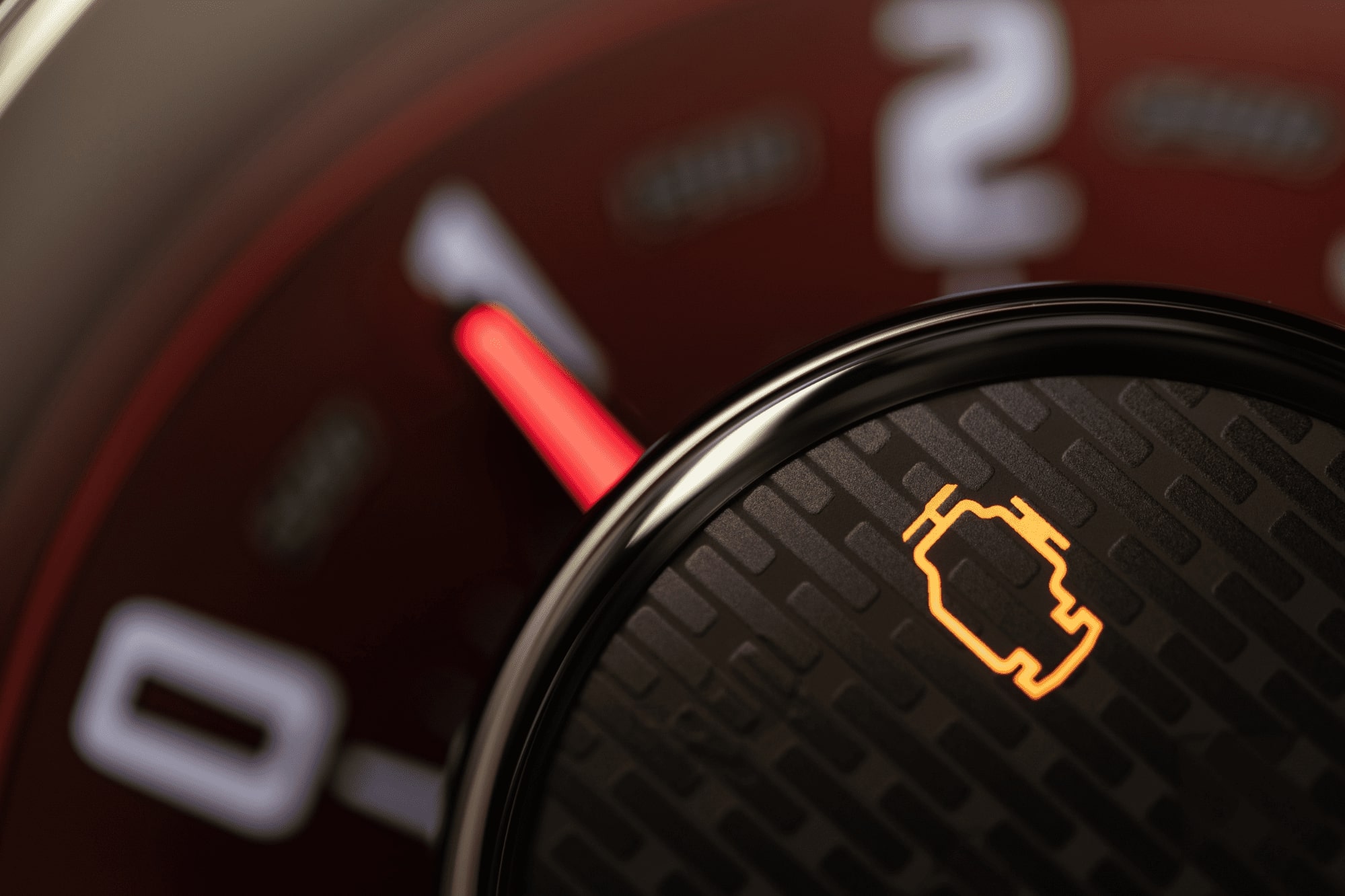
At Beach Auto Repair, our skilled technicians specialize in addressing
issues related to the dreaded check engine light.
An illuminated check engine light, or
concerns related to your vehicle's performance can be attributed to various
underlying issues within the engine or emission control system. Our automotive
technicians excel at
efficiently and effectively resolving these problems. Feel free to contact us for
top-tier check engine light services that guarantee a smoother and more trouble-free
driving experience.
Call or Text us at
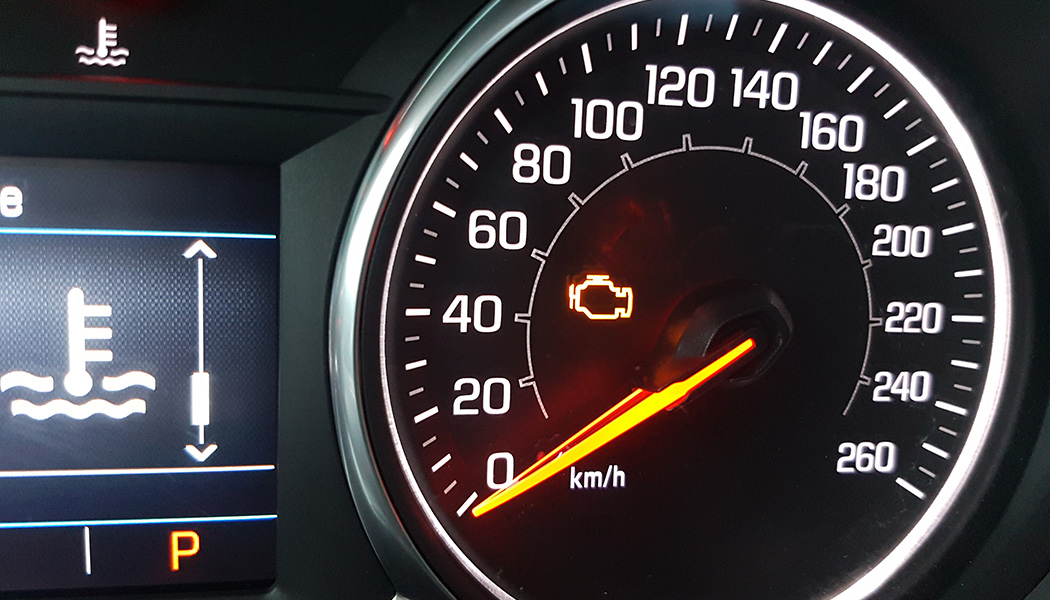
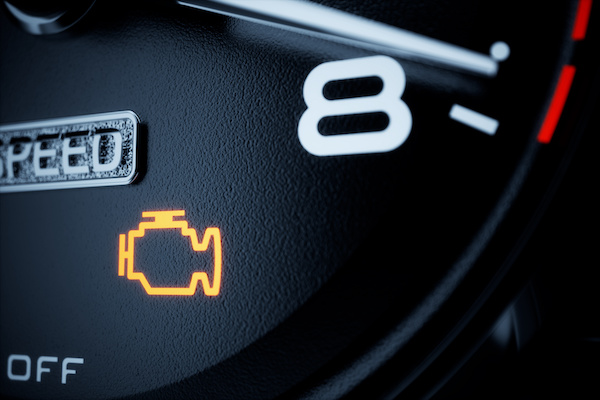
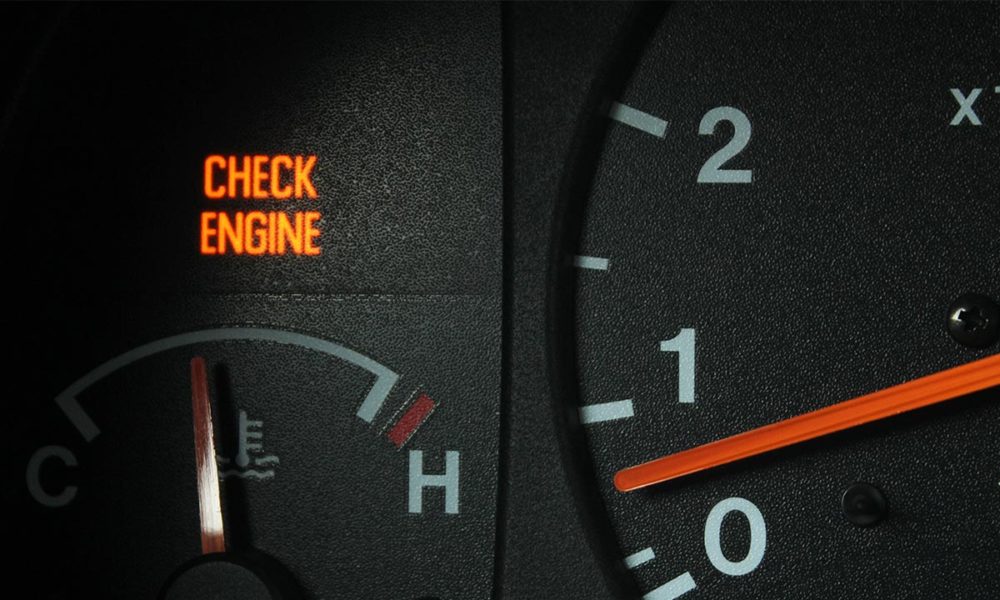
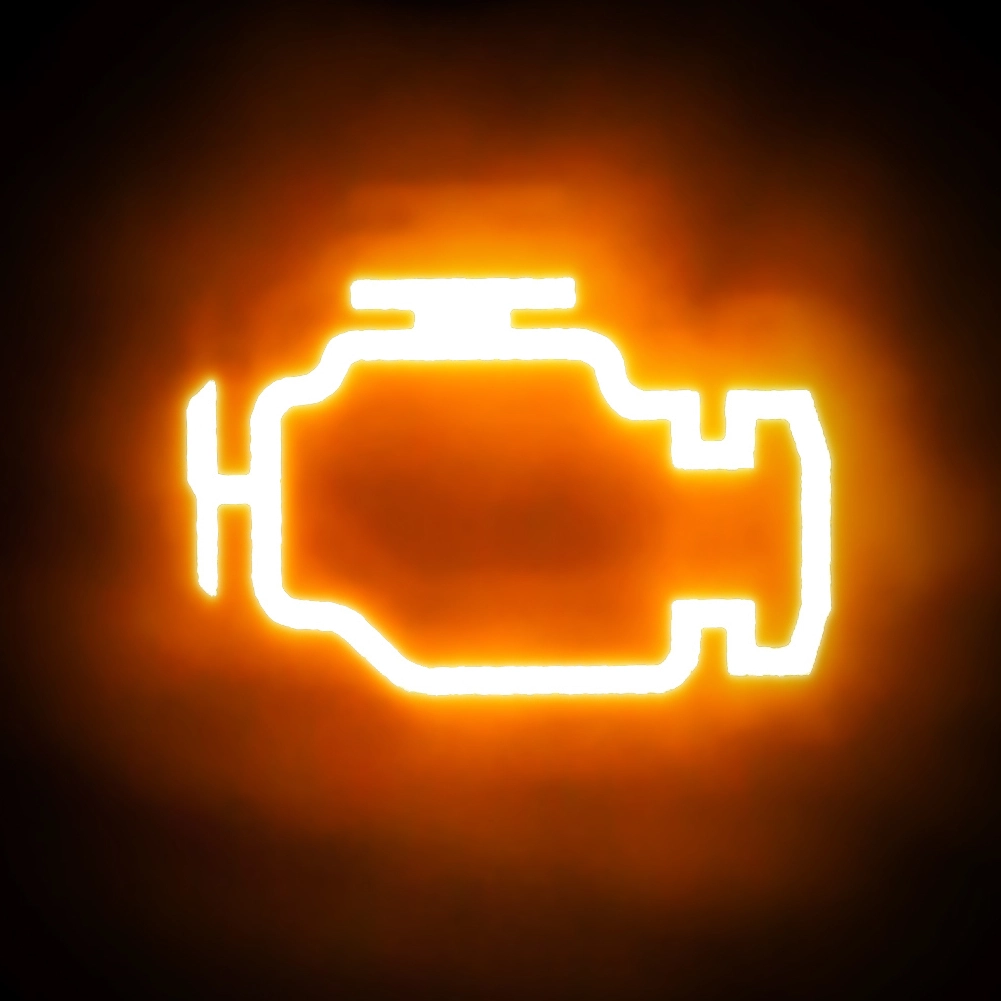
Understanding the purpose of automotive check engine lights is essential for recognizing their role in vehicle diagnostics and maintenance. Here are some key points to consider:
1. Fault Indication: The primary purpose of the check engine light is to alert the driver to the presence of a fault or issue within the vehicle's engine or emission control systems.
2. System Monitoring: Check engine lights continuously monitor various engine and emission-related components, sensors, and systems for irregularities and malfunctions.
3. Early Problem Detection: When a fault is detected, the light illuminates to signal the need for attention, allowing early problem detection and addressing potential issues before they worsen.
4. Diagnostic Code Storage: The check engine light is linked to an onboard computer called the Engine Control Module (ECM) or Powertrain Control Module (PCM), which stores diagnostic trouble codes (DTCs) pinpointing the nature of the fault.
5. Comprehensive Coverage: Check engine lights monitor a wide range of engine-related functions, including fuel delivery, ignition, emissions, exhaust systems, and more, ensuring comprehensive fault detection.
6. Emission Control: In addition to engine performance, the light also monitors emissions-related components to help vehicles comply with environmental regulations.
7. Improved Fuel Efficiency: Detecting and addressing issues identified by the check engine light can lead to improved fuel efficiency and reduced emissions, benefiting both the vehicle owner and the environment.
8. Preventing Further Damage: By alerting the driver to issues early on, the check engine light helps prevent further damage to engine components, potentially saving on repair costs.
9. Safer Driving: Ensuring that the vehicle operates with properly functioning engine and emission systems contributes to safer driving and reduced breakdown risks.
10. Access to Diagnostic Information: Mechanics and technicians can connect diagnostic tools to the vehicle's onboard computer to retrieve stored trouble codes, aiding in efficient and accurate problem diagnosis.
11. Maintenance Reminder: While not all issues are critical, the check engine light can also serve as a reminder for regular maintenance tasks such as oil changes, spark plug replacements, and other routine services.
12. Clear Indication: The check engine light's clear and universally recognized symbol ensures that drivers can easily identify when there's a problem that requires attention.
By understanding these key points about the purpose of automotive check engine lights, you can appreciate their role in vehicle health monitoring and timely maintenance, contributing to efficient and safe vehicle operation.
Understanding the common causes of check engine lights is essential for diagnosing potential issues with your vehicle. Here are some key points to consider:
1. Loose or Damaged Gas Cap: A loose, damaged, or missing gas cap can trigger the check engine light by allowing fuel vapors to escape, disrupting the vehicle's emission control system.
2. Faulty Oxygen Sensor: Oxygen sensors monitor the exhaust gases for proper air-to-fuel ratio. A malfunctioning sensor can lead to poor fuel efficiency and emissions, triggering the light.
3. Catalytic Converter Issues: A failing catalytic converter can reduce exhaust gas conversion efficiency. This can result in increased emissions and trigger the check engine light.
4. Faulty Mass Airflow Sensor: The mass airflow sensor measures the amount of air entering the engine. A malfunctioning sensor can lead to poor engine performance and fuel economy, causing the light to illuminate.
5. Spark Plug or Ignition Coil Problems: Misfiring spark plugs or faulty ignition coils can lead to poor combustion, reduced performance, and emissions issues, prompting the check engine light.
6. Engine Vacuum Leaks: Vacuum leaks in the engine's intake system can disrupt air-to-fuel ratios and cause the light to come on due to erratic engine behavior.
7. Exhaust Gas Recirculation (EGR) Valve Malfunction: A faulty EGR valve can disrupt emissions control and lead to increased pollution, causing the check engine light to activate.
8. Evaporative Emissions Control Issues: Problems with the evaporative emissions control system, including leaky hoses or a malfunctioning purge valve, can result in fuel vapor leaks and trigger the light.
9. Coolant Temperature Sensor Failure: A malfunctioning coolant temperature sensor can lead to improper engine temperature control, affecting fuel efficiency and emissions, and causing the light to illuminate.
10. Faulty Thermostat: A stuck-open or stuck-closed thermostat can disrupt engine temperature regulation, affecting engine performance and potentially triggering the light.
11. Transmission Issues: Problems within the transmission, such as slipping or faulty shift solenoids, can cause abnormal engine behavior and illuminate the check engine light.
12. Worn Out or Faulty Camshaft or Crankshaft Position Sensors: These sensors monitor the engine's timing. Malfunctioning sensors can lead to performance issues and trigger the light.
Understanding these common causes of check engine lights helps you diagnose and address issues promptly, ensuring your vehicle operates efficiently and emissions remain within acceptable limits.
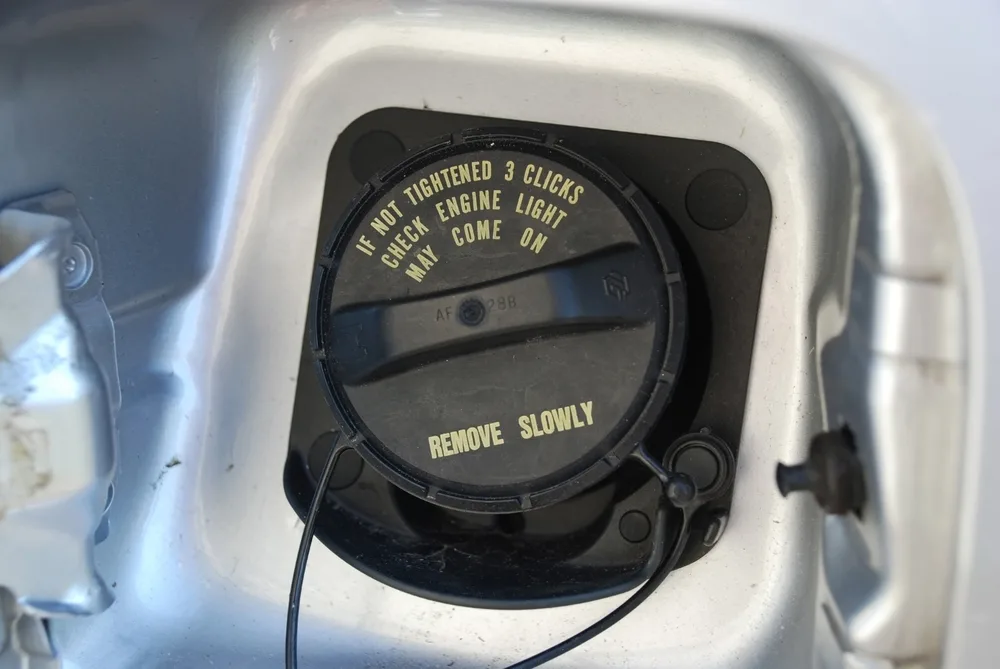
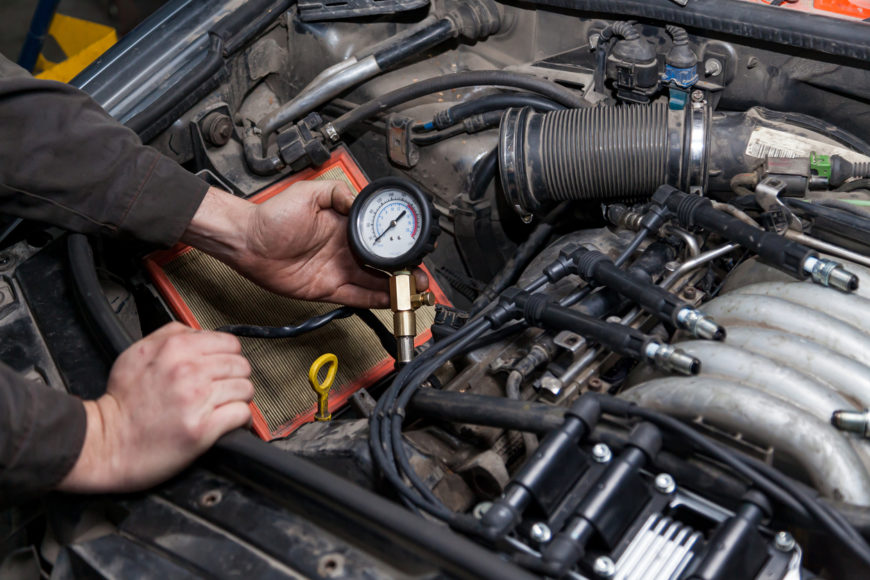
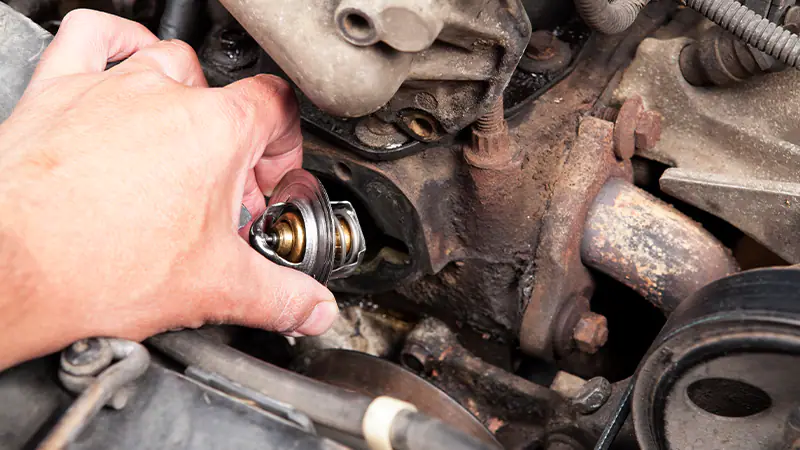
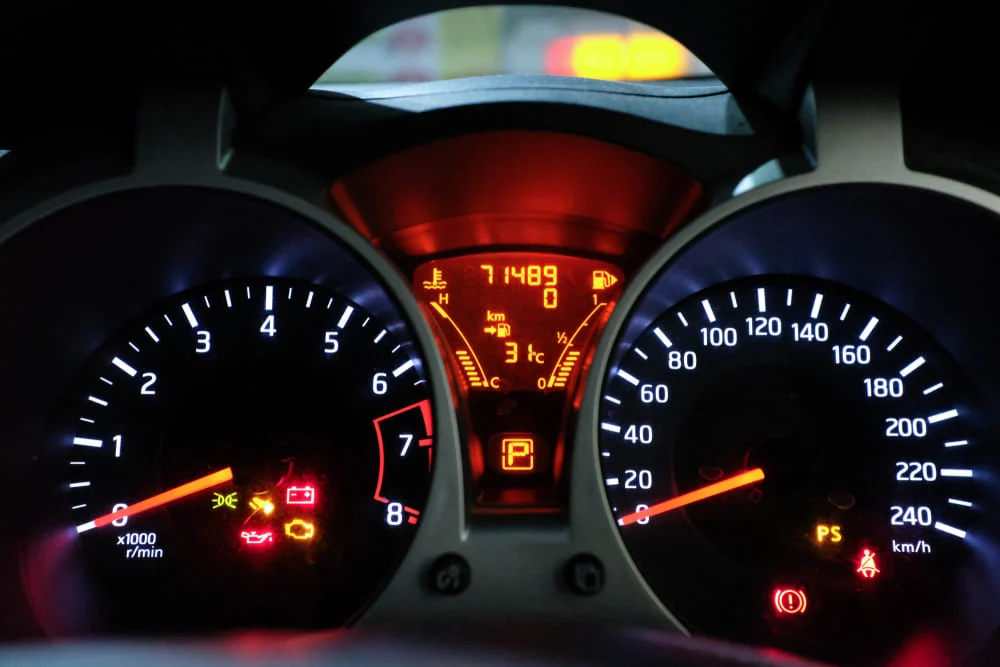
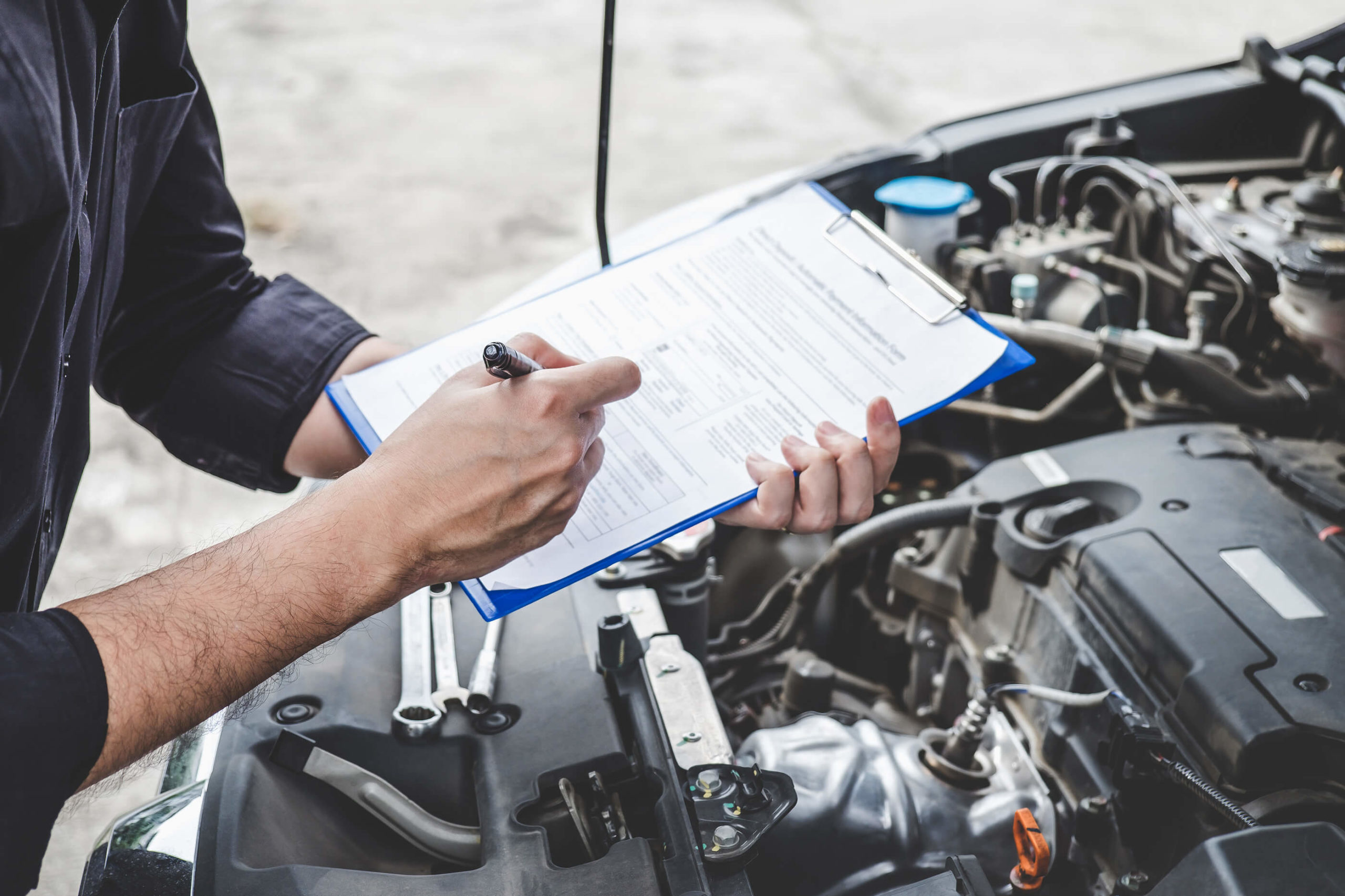
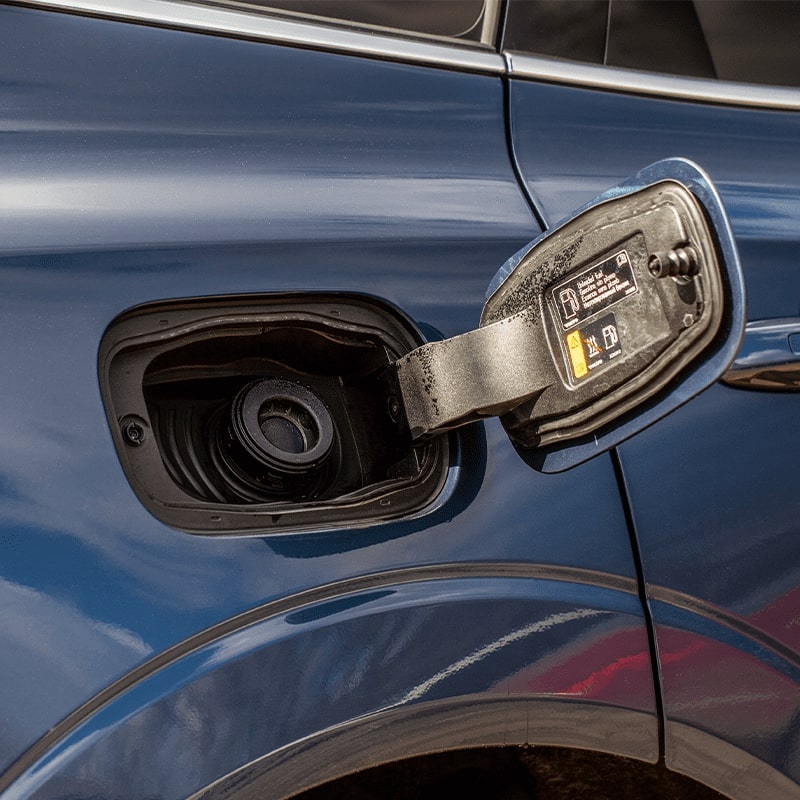
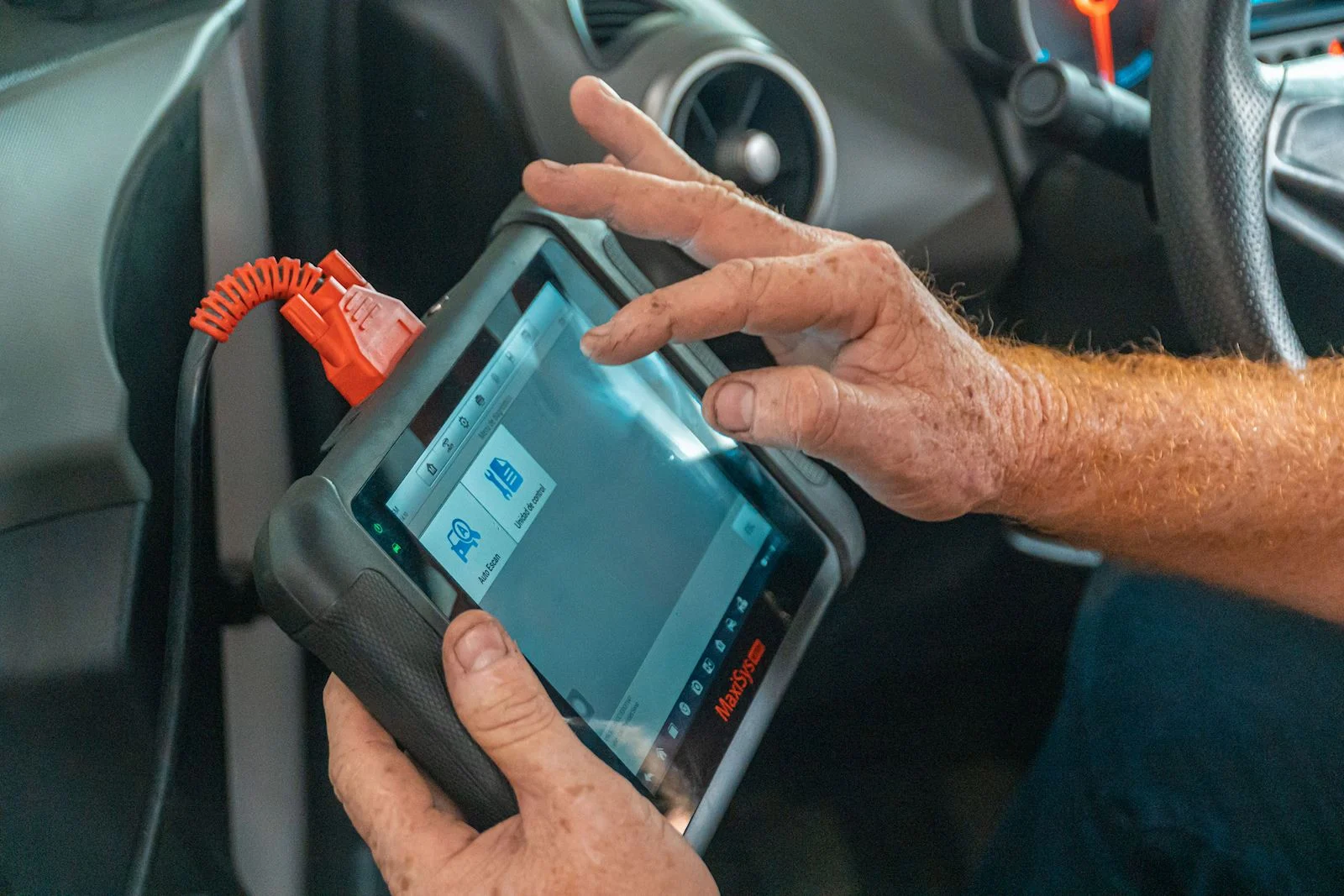
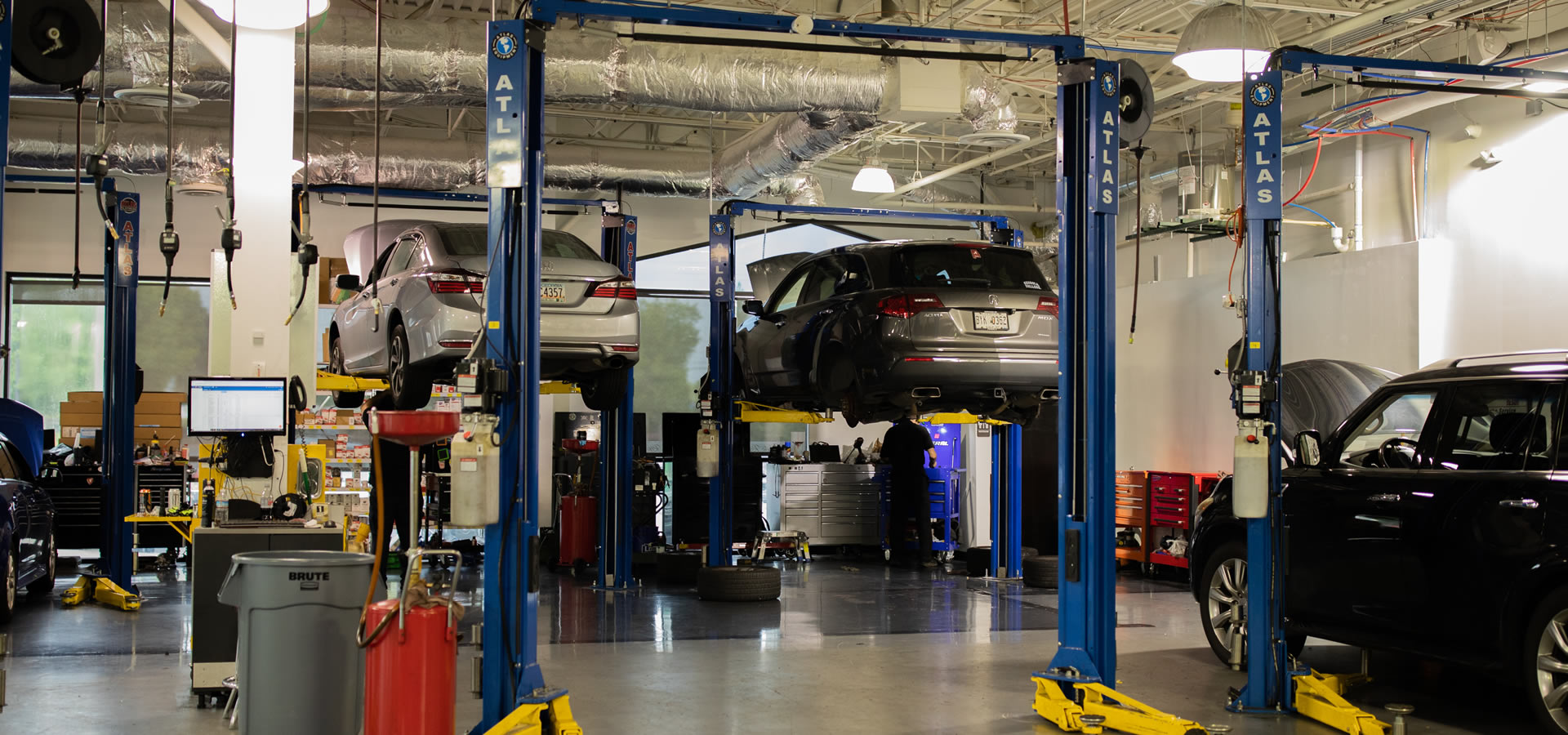
Properly servicing automotive check engine lights is crucial for maintaining your vehicle's health and performance. Here are some key points to consider:
1. Prompt Attention: When the check engine light comes on, it's essential to address it promptly. Ignoring it can lead to more severe issues and potentially costly repairs.
2. Consult the Owner's Manual: Refer to your vehicle's owner's manual to understand what the check engine light indicates and the recommended course of action.
3. Check for Loose Gas Cap: Start with the simplest potential cause – check the gas cap. Ensure it's tight and properly sealed. A loose gas cap is a common trigger for the light.
4. Address Minor Issues: Sometimes, the light can be triggered by minor issues like a loose or damaged hose. Fixing these issues can be straightforward and cost-effective.
5. Check Fluid Levels: Ensure that essential fluids like engine oil, transmission fluid, and coolant are at the proper levels. Low fluid levels can lead to problems that trigger the light.
6. Inspect Wiring and Connectors: Examine the wiring and connectors related to the component mentioned in the trouble code. Loose or damaged connections can often be repaired.
7. Seek Professional Diagnosis: If you're unsure about the issue or if the check engine light persists after addressing minor concerns, consult a professional mechanic or automotive technician for a comprehensive diagnosis.
8. Comprehensive Scan: A professional scanner can provide more detailed information than a basic code reader. It can identify pending or intermittent issues that might not trigger the light continuously.
9. Perform Necessary Repairs: Ensure that any required repairs or component replacements are completed to resolve the issue causing the light to come on.
10. Recheck After Repairs: After performing repairs and clearing the code, it's advisable to re-scan the vehicle to confirm that the issue has been resolved and the light remains off.
11. Regular Maintenance: To prevent future check engine light issues, follow the manufacturer's recommended maintenance schedule for your vehicle. Regular maintenance helps prevent common issues.
12. Keep Records: Maintain records of check engine light incidents, trouble codes, and repairs. This documentation can be valuable for future reference and when selling the vehicle.
By understanding these key points and following a systematic approach to servicing your automotive check engine light, you can effectively diagnose and address issues, ensuring your vehicle operates reliably and efficiently.
Let us know how we can help.